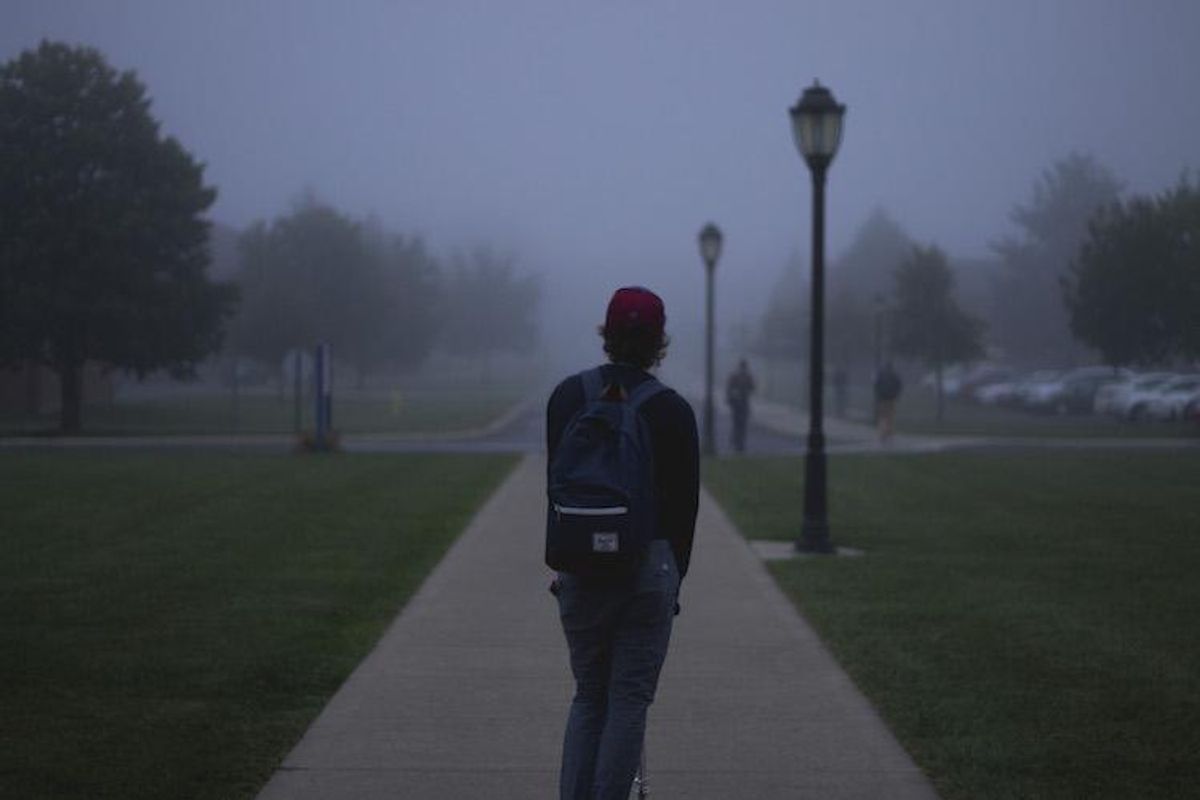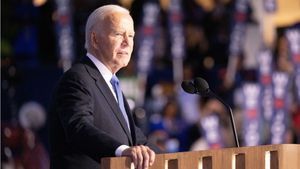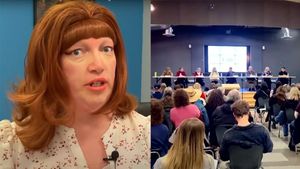The most LGBT-friendly college campuses in the U.S. are also some of the most cost-prohibitive schools in the country, posing serious concerns about how LGBT students may need to sacrifice inclusion for an affordable education.
On Monday, Campus Pride released the 2016 Best of the Best list of the most LGBT-friendly colleges and universities in the country. Many of the 30 schools have dedicated counseling and research centers for sexual orientation and gender identity, as well as classes on queer issues--and even an LGBT undergraduate major.
However, a closer look at the schools shows that LGBT students will get everything that they pay for--and pay they will.
Among the 30 schools--21 public, nine private--the average cost for an in-state, on-campus undergraduate in the 2016-2017 school year is about $35,174. The public schools average about $23,896 per year, while the private schools average $61,490.
Past data and trends gathered by College Board indicate that Campus Pride's public schools on average cost roughly the same as any "moderate" public university. However, the most LGBT-inclusive private schools to make the cut will cost incoming students almost 25 percent more than the average $49,265 that College Board predicts.
The most expensive school, Harvey Mudd College in Clairmont, California, comes with a sticker price of $71,917. For out-of-state students, few public schools on the list offer costs below $25,000 per year. So if LGBT students are hoping to leave home and avoid the high cost of private schools, they will face significant financial barriers when budgeting for out-of-state tuitions at colleges and universities largely concentrated in New England, California, and the Midwest.
While applauding these schools for making real progress on LGBT issues is important, the fact remains that young LGBTs face real, measurable barriers to the resources--both personal and financial--to make the leap from high school to college.
The Centers for Disease Control found that LGBT high school students--1.3 million in the U.S.--are twice more likely than their heterosexual or cisgender peers to be bullied or harassed. One out of 10 LGBT students admitted to missing school days because of fear of harassment. The risk of depression, drug abuse, and attempted suicide also increases.
If LGBT students successfully navigate high school and look to college--perhaps among the 30 schools listed by Campus Pride--they will still face difficulties in seeking aid. The Free Application for Federal Student Aid (FAFSA) is the primary source for measuring federal aid and loans for students. The application requires financial information from parents to determine their level of contribution. However, if a queer student has come out to a family that refuses to support them, there's little to do. A school can grant a "dependency override," but that only occurs in cases when a student has been abused or left homeless because of their sexual orientation or gender identity.
The FAFSA does not consider "parents who refuse to contribute" or "are unwilling to provide information" as severe enough to warrant an override.
What the data indicates is that the best schools for LGBT students are also the ones that, because of cost, location, and the plight of queer students in high school, LGBT students would have the most difficulty attending.


















































































Sexy MAGA: Viral post saying Republicans 'have two daddies now' gets a rise from the right